Image sequence of cassava’s long way from root to market and shows the processing of cassava in its various steps


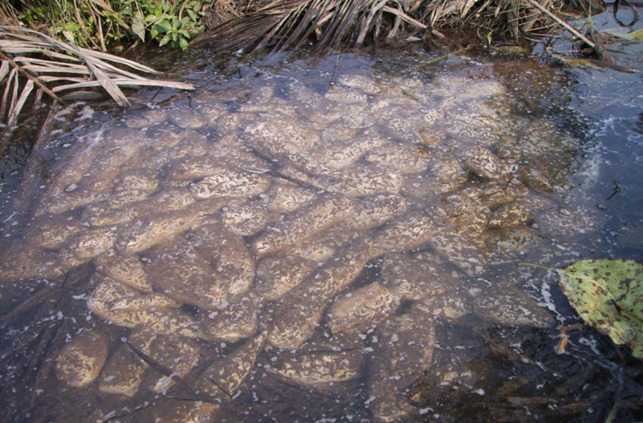









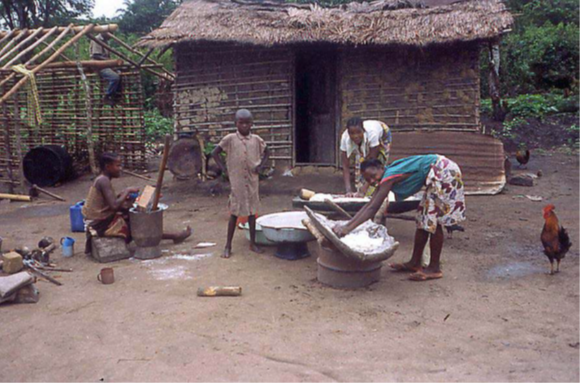

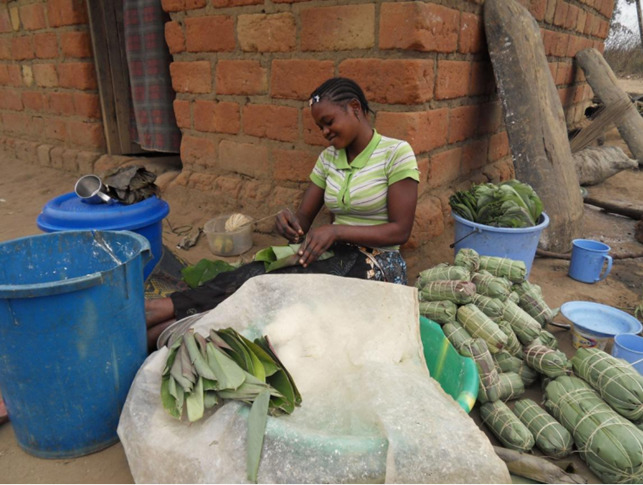

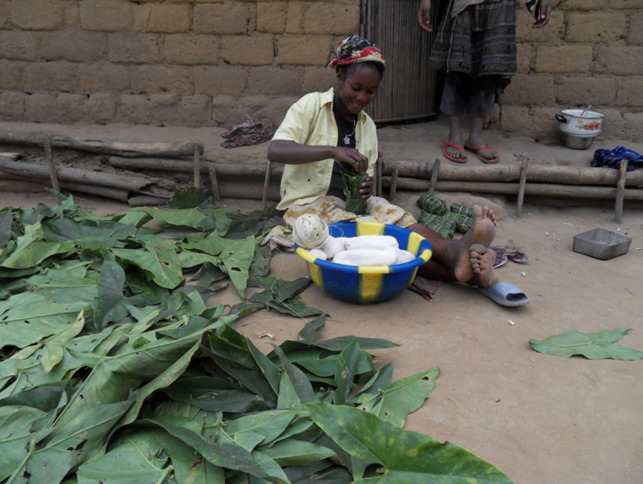
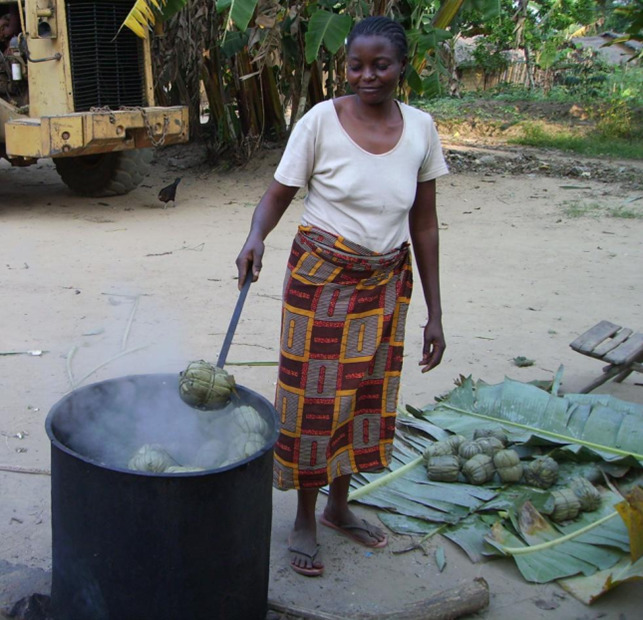



Source
This article is an excerpt of Paul Latham’s and Augustin Konda ku Mbuta’s books ‘Useful plants of Kongo Central Province’, Vol 1 and Vol 2, which can be downloaded in English here or French there. All photos in this article © Paul Latham and Augustin Konda ku Mbuta
.




